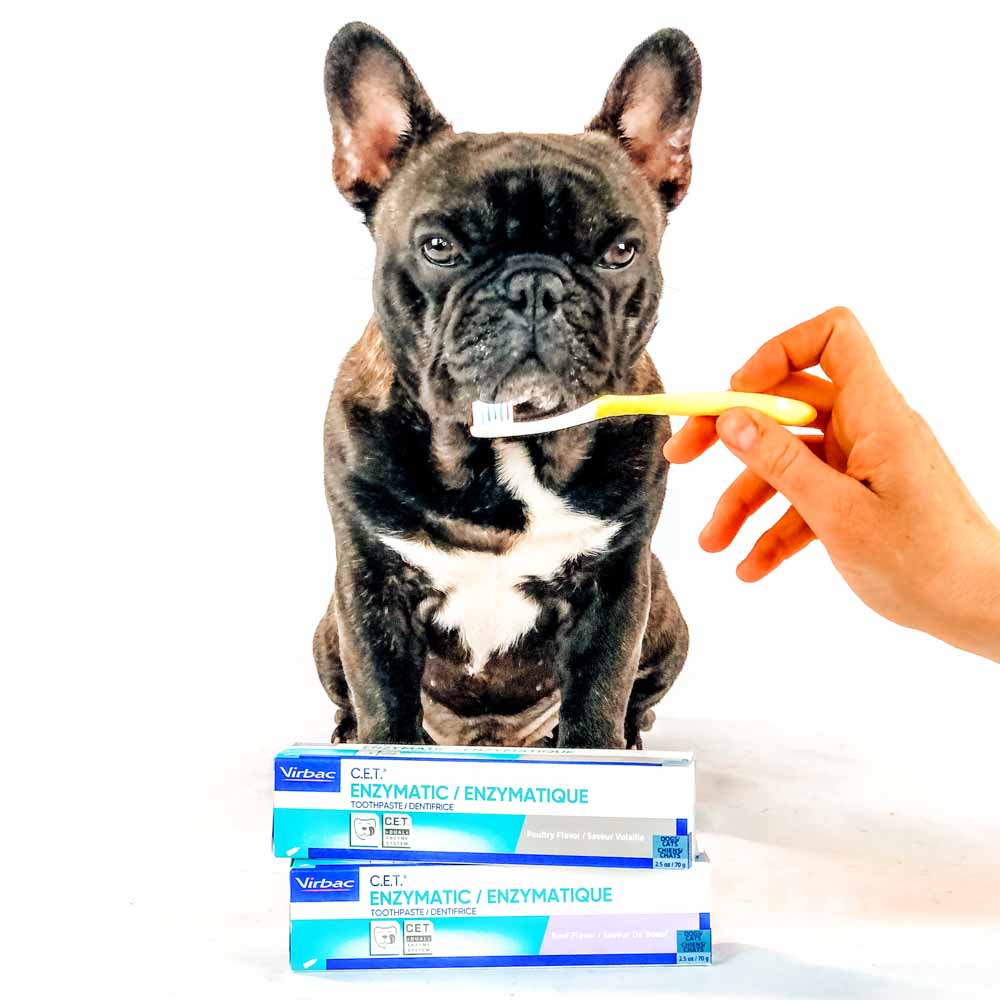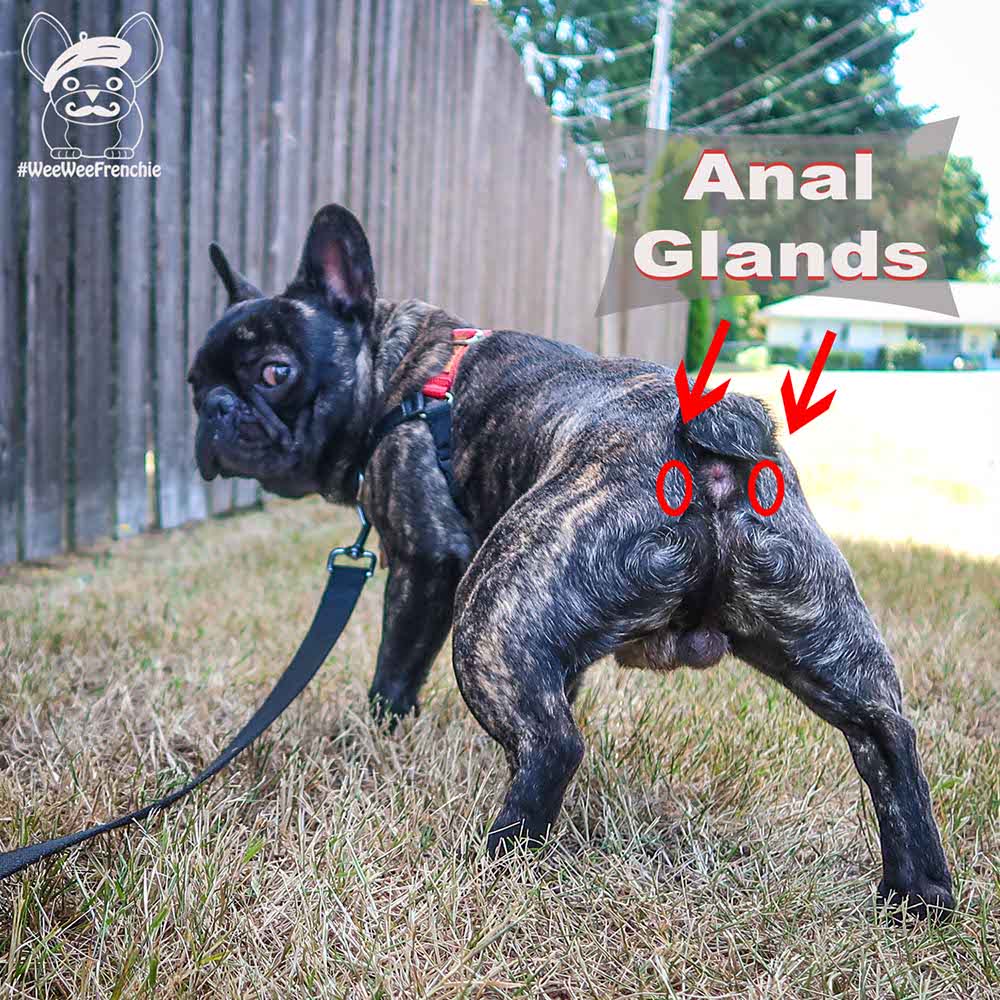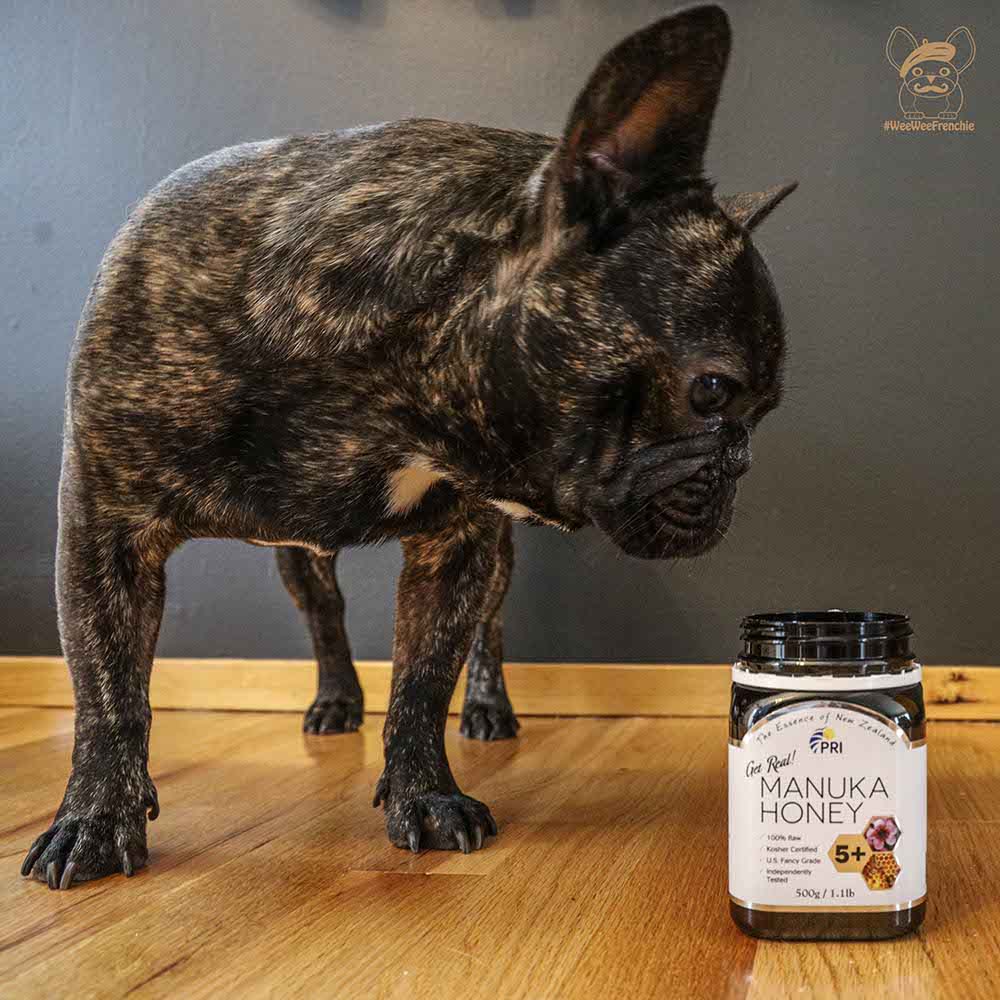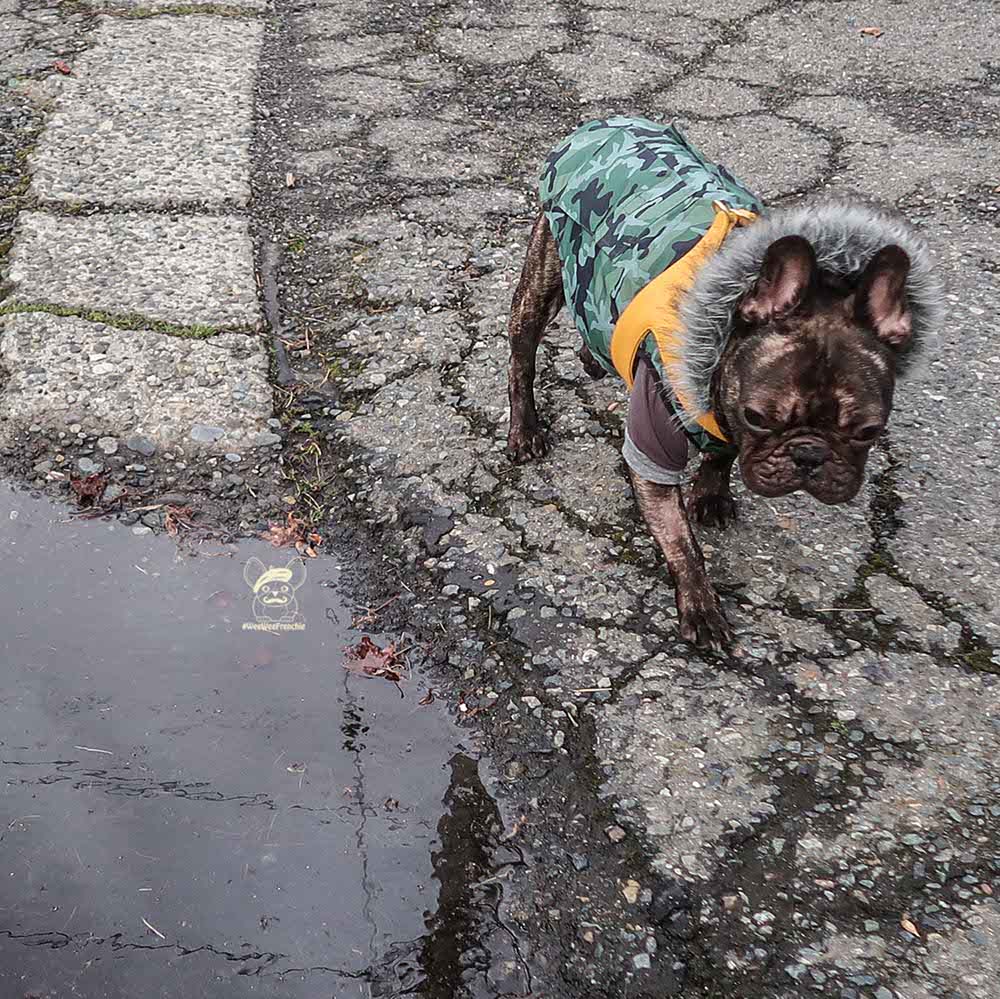What Your Dog's Poop Can Tell You about Your Dog's Health
Getting up close and personal with poop can be a repulsive experience. We all do it but to talk about poop is taboo. But when it comes to your dog and their poo, getting up in their business could tell you more about your dog’s health.
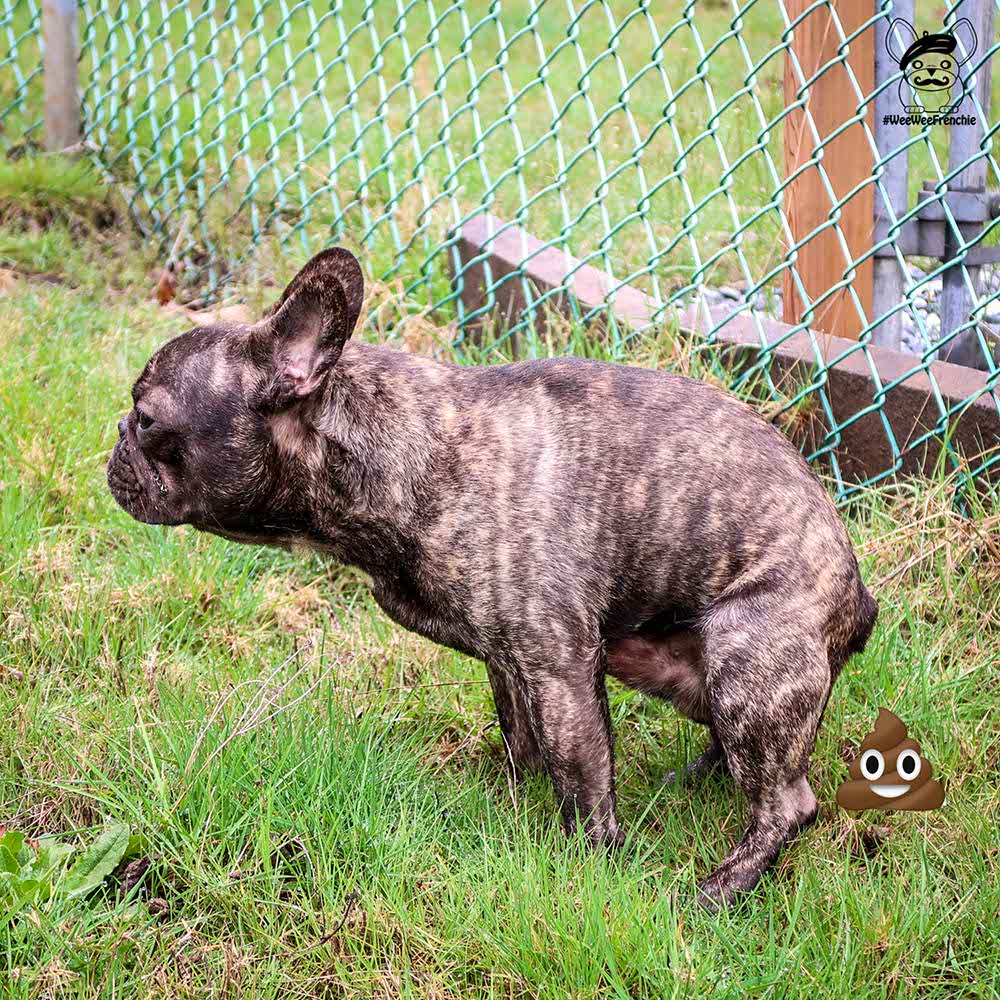
Frequency
What goes in, should come out.
Every time your dog eats, food gets digested, and waste gets expelled through urine and feces.
Your dog should be defecating at least once a day but can have increased frequency depending on age, medications, or if ill.
Since my dogs eat twice a day, they normally defecate twice daily. Occasionally, my dogs will defecate once in a day but that usually resolves in 24-48 hours back to their usual twice daily routine.
Color
Bile, which aids in digestion, is what gives poop a brownish color. If stool is lighter in color, it could mean there is an issue with digestion (or lack thereof). If stool is darker in color, it be a sign of something more serious like bleeding, such as black, tarry stools.
Consistency
Stools should be firm and easy to pick up. If stools are liquidy, that could be a sign of illness. If stools seem dry and friable, that would signal that your dog is not drinking enough water and/or dehydrated.

Smell
The odor of your dog’s stool can tell a story. The anal glands help to produce a scent for your dog that is unique to your dog. If anal glands become blocked, it can be very painful for your dog, and may require veterinarian assistance to drain.
Your dog’s poop should have a mild odor but if putrid or pungent, then that could signal a problem with the gastrointestinal tract.
Age Matters
For younger pups and geriatric dogs, urination and defecation can be several times per day.
Adult dogs have less frequent restroom breaks, in comparison to younger pups, and can wait several hours before needing to relieve themselves.
Emergency
If a dog expels fresh blood in the stool, has black or tarry stools, or strains when defecating, it is time to go to the animal emergency room. This could mean your dog has an infection or a more serious situation.
When it comes to your dog suffering from constipation or diarrhea, monitor closely. If it continues for greater than 24-36 hours, then it is time to follow up with your veterinarian.
Getting up close and personal with your dog’s poop could be your first sign that something is off with your dog’s health. Keep a journal of your dog’s poop episodes by recording size and consistency of stool so that it is easier to identify when changes began.
Poop stinks but learn to embrace the poo. Getting to know your dog’s bodily habits, as well as size, odor, and consistency of stool will help you monitor when your dog is ill. If something does not look right, make sure to take a stool sample to your veterinarian for evaluation.
This blog is for informational purposes. The information given should not be used as a substitute for a veterinarian evaluation.

